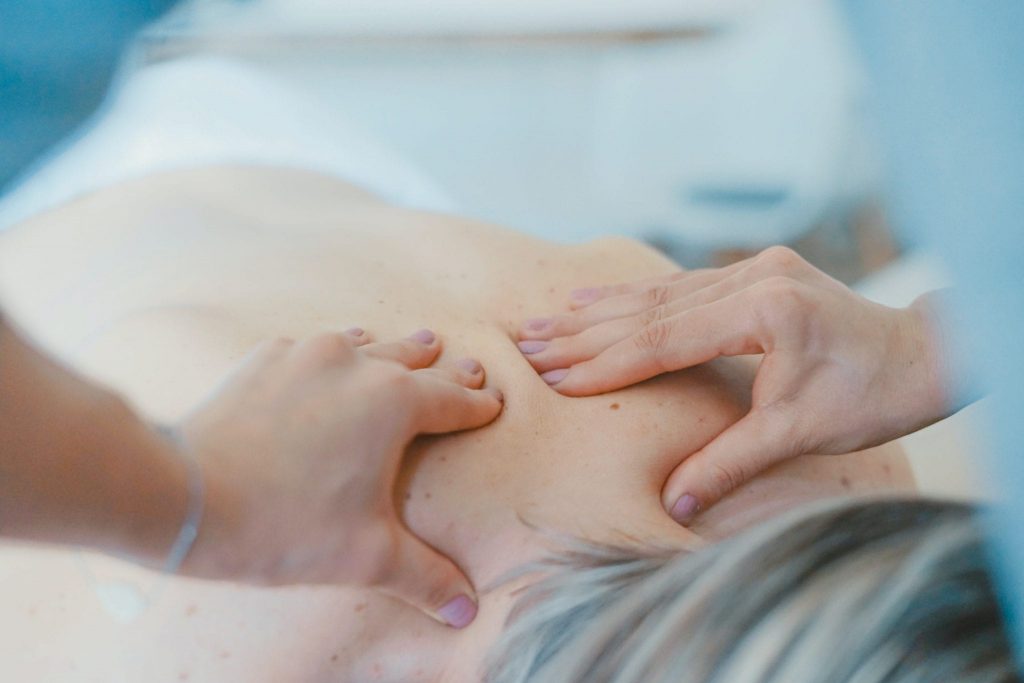
Pain in the neck, pulling pain in the lower back, sharp pain in the back. These symptoms are known to most of us. In youth, when problems are just beginning, they are not paid attention. Moreover, at first, the discomfort is not constant. Now it hurts, and then it will pass. However, over time, back pain becomes more common, and stronger.
Most often, back problems are associated with several major disorders in the work of the spine.
- Protrusion and hernia of the intervertebral disc are, in fact, two stages of the same process. Due to various pathological factors, the intervertebral disc changes its structure, and the pulpous nucleus begins to protrude. The fibrous ring takes a hit on itself, and up to a certain point delay the process. The protrusion of the intervertebral disc without rupture of the fibrous ring is called spinal protrusion. However, over time, if nothing is done, it does not withstand the load and breaks. There is an intervertebral hernia. Bulging back and to the side, she presses on the nerve root at the place of its exit from the spinal canal. Inflammation begins, accompanied by severe edema, a sharp ongoing pain. If the protrusion is still amenable to conservative treatment, then a hernia is a direct route to the operating table.
- Osteochondrosis is a loss of elasticity, shape, and consistency of vertebral cartilage. The vertebrae themselves also change with age – outgrowths and spikes appear, with the help of which the body tries to repair the damaged spine. Severe pain appears, limitation of mobility in the affected joints, neuralgia, and so on.
- Spondylolisthesis – displacement of the vertebrae. Improper back position, sudden movements, heavy loads, and microtrauma lead to the fact that the superior vertebra moves relative to the inferior, and pinched the intervertebral disc.
- Radiculitis – an infringement of the roots of the spinal nerves. It can be a consequence of a hernia of the intervertebral disc, as well as the result of osteochondrosis. However, this disease often develops on its own. For example, due to age-related changes, the distance between the vertebrae may decrease and they pinch the nerves.
- Scoliosis – curvature of the spine. As a rule, it is provoked by a regular and prolonged stay in an uncomfortable position – for example, if the computer monitor is strongly shifted to the side. Over time, the spine adapts to the conditions, choosing the most comfortable position for itself, however, posture suffers from this, and with significant curvature of the spine during movements, severe pain occurs.
The main and most noticeable symptom of all these diseases is severe back pain. For each person, they begin and end in different ways. Sometimes a person feels pain after a long period of immobility – for example, in the morning after sleep. In other people, pain, on the contrary, appears during movement. For others, during a stay in a certain position – for example, lying on his stomach. The nature of the pain is also diverse: from dull aching to instantly “shooting through” the entire body.
Another characteristic symptom is rapid fatigue and a desire to relax, even with light loads. Various neurological symptoms may join this. For example, numbness of the limbs, weakness in the muscles, and so on.
With spinal deformity, the spinal cord and nerve endings departing from it suffer. Because of this, the conduction of a nerve impulse to the corresponding organ is disrupted, which affects its work.
In addition, the ligamentous apparatus attached to the spine is disturbed, which supports the insides in a certain position. Because of this, there is a displacement of organs and a violation of their functions.
Picture Credit: Unsplash
